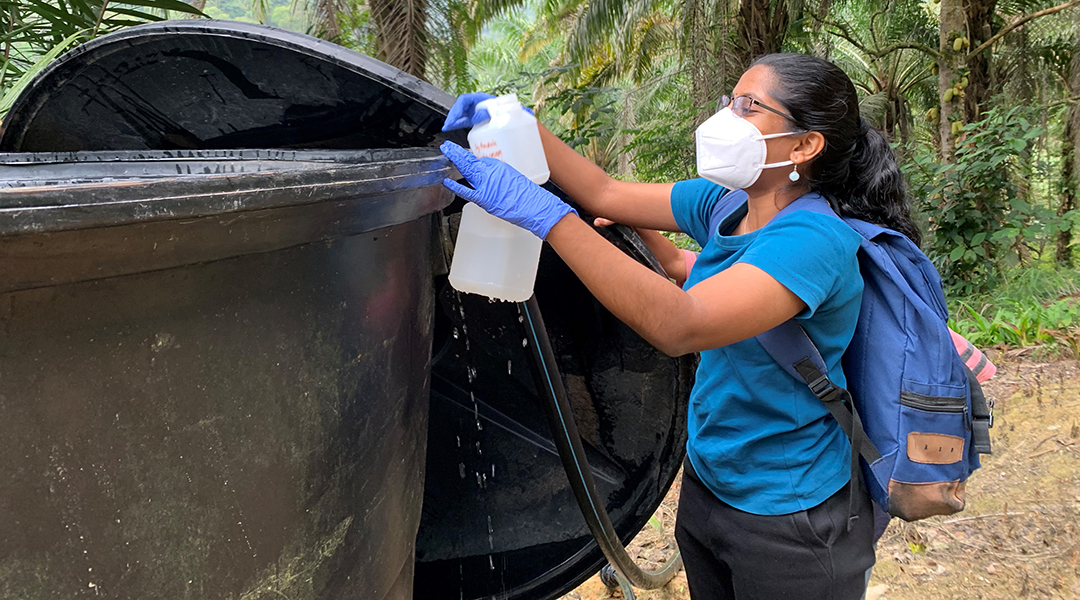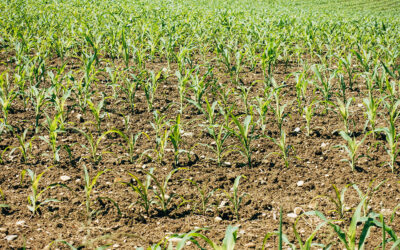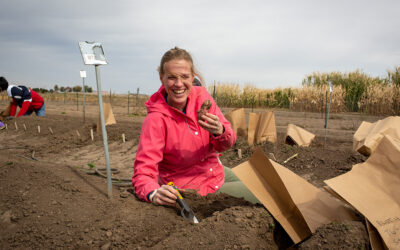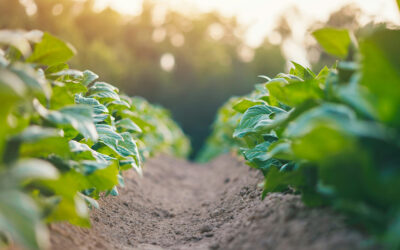Water is power, and many have the fortune to not know what it is like to experience water scarcity. In fact, there are many less fortunate communities around the globe who live under water poverty. During a field trip taken to an Indigenous village located on the edge of a reserved forest in Malaysia, a local woman shared her story with me, explaining how even at 60 years of age, she still walks 40 minutes round trip to collect water for her family every day. “With so much water in this world, why have we got so little?” she said.
Her story is, unfortunately, not unique. Water scarcity is happening now, and is not some far off consequence of a future climate crisis. There are currently two billion people living without access to safe water, and by 2030, current estimates predict that nearly 700 million people — a population almost double the size of the United States — will be displaced as a result of insufficient access to water.
With these trends, it is evident that our current water management system, which centers on just freshwater, cannot be sustained. In today’s world, where population growth, urbanization, and industrialization are exacerbating the pressure on water supply, we need to consider the repercussions of this obsession of abstracting only freshwater.
Water scarcity and a linear economy
This traditional design of centralized water management mimics a linear economy, where freshwater resources are taken, treated, used, and released back into the environment as low quality wastewater. It caters only to the needs of those connected to the centralized system. However, there are many communities not benefiting, including populations from remote, rural, and growing informal settlements in many populous urban agglomerations such as Dhaka, Jakarta, Delhi, and Manila. Hence, there is a pressing need to put forward co-existing water management to reach out to as many as possible, especially 25% of the world’s population who do not, in 2022, have access to safe drinking water.
Globally, 80% of wastewater from agriculture, domestic, industries and rainwater runoff flows back into the ecosystem without being treated. This is not only a resource wasted but creates a health risk for people who live off the river and groundwater.
As part of my studies, I do household water sanitation and hygiene surveying in remotely located villages who still depend on gravity-fed water system. In one of those trips, I had the opportunity to interact with a village head, and she said that while at the moment, her community was able to obtain reasonably clean river water, she worried about the future. If deforestation or any sort of development begins near the river tributary they depend on, their sole water source will become contaminated, rendering it unusable.
Is it too late?
In 2019, 1.23 million people died due to lack of access to safe water. While tremendous progress has been made in reducing diarrhea-related deaths, it is still the third leading cause of death in children under five years of age. It particularly affects children from the poorest parts of the world, who more easily succumb to infectious diseases such as cholera, diarrhea, and dysentery.
Turning wastewater into a useful resource through recycling and reclamation could not only help address this grave problem but could render water an endlessly renewable resource.
Purifying the water from agricultural runoff, animal, and even human waste could potentially provide a sustainable means for remote and impoverish communities at very little cost. Small-scale water purification systems are gaining momentum in areas of the world with limited water access, and can cost 20-50% less in terms of investment, operation, and maintenance than traditional treatment plants.
While this finding is wishful, would the public be willing to drink the recycled sewage wastewater? It’s pivotal to remember many of us still have a negative connotation associated with the concept of “toilet-to-tap” and still presents a psychological barrier among consumers. Surmounting the “yuck” factor would need well-founded strategies to convince people.
Water scarcity is a global concern. Nations under water poverty will be trapped in this ongoing battle for years to come unless pragmatic measures are put into place.
But is it too late to turn the tide? No, it is never late to make things better.
Reference: Geetha Maniam, et al., An assessment of technological development and applications of decentralized water reuse: A critical review and conceptual framework, WIREs Water (2022). DOI: 10.1002/wat2.1588
Feature image: Geetha Maniam collects water samples during a village visit

















